১১ পৌষ ১৪৩২
Bangladesh Bank to introduce new notes of TAKA before Eid
22 May 2025 10:05 AM
NEWS DESK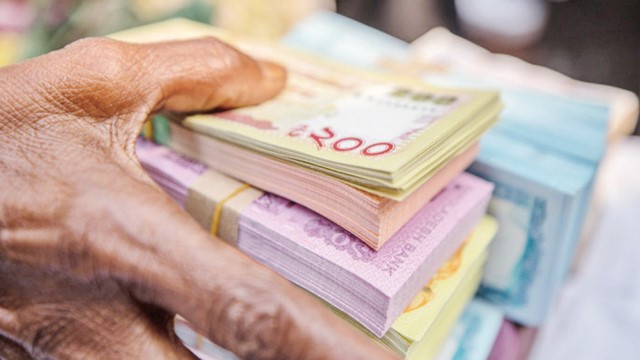
Bangladesh is set to introduce new banknotes with fresh designs, some of which will notably exclude the image of Sheikh Mujibur Rahman before Eid-ul-Azha. The new currency designs will instead feature the themes of the July Revolution martyrs, youth, the Sundarbans and various aspects of heritage and culture.
Sources indicate that the Tk20 note, featuring the images of Kantajiu Temple and Buddhist temples, will be released on Wednesday.
The Tk50 note, adorned with Shilpacharya Zainul Abedin's famine painting and Atia Mosque, is expected to be in circulation on May 29 or May 30. The Tk1000 note, showcasing the Bangabhaban and the National Martyrs' Memorial, is scheduled for release on June 2.
Due to delays in paper supply from Europe, the Tk5 note, featuring the likenesses of Abu Sayed and Mugdha, will be introduced after Eid.
Arif Hossain Khan, the spokesperson and executive director of Bangladesh Bank, confirmed the development, saying: "The designs for the new banknotes have already been finalised.”
“The paper has been procured and the printing of several different notes, including the Tk1000 one, has begun. This time, no note will feature a full human portrait. Instead, the new note designs will incorporate the themes of the July Revolution martyrs, youth, the Sundarbans and various aspects of heritage and culture,” he added.
A Bangladesh Bank official further elaborated that the Tk5 note will feature the images of Abu Sayeed and Mugdha, while the Tk10 note will display a symbol of youth unity and the Baitul Mukarram National Mosque.
The Tk 100 note will depict the Unesco-recognised Sundarbans' spotted deer and tiger, symbolising the currency transformation after the previous government's departure.
The Tk200 note will feature symbols of religious diversity, including a mosque, temple, church and pagoda and the Tk500 note will carry the image of the historic Ahsan Manzil.
The design, paper, security features, and all other aspects of the new banknotes involve international collaboration and the entire process, including tendering, typically takes 5 to 7 months. Consequently, the plan to release the notes before Eid al-Fitr could not be fully realised.
Historically, Bangladesh introduced its own paper currency on March 4, 1972, following independence. The first note, featuring a map, was a Tk1 denomination. In 1973, Bangladesh issued Tk5, Tk10 and Tk100 notes.
Subsequently, Tk50 and Tk500 notes were introduced in 1976. The Tk20 note was issued in 1979 and the Tk2 note was launched in 1988.
On July 17, 2009, the highest denomination banknote, the Tk1000, was introduced. The most recent addition was the Tk200 note in 2020.

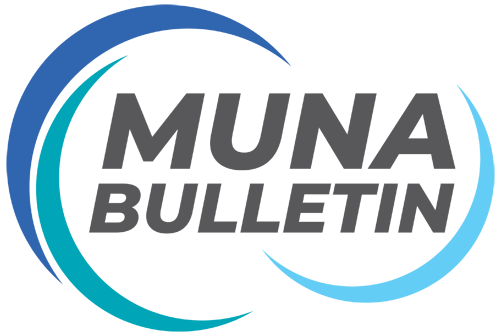


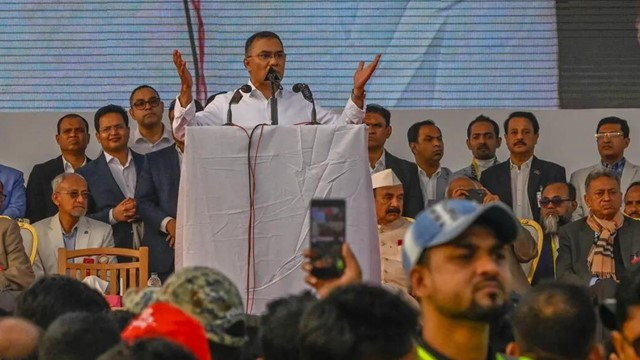



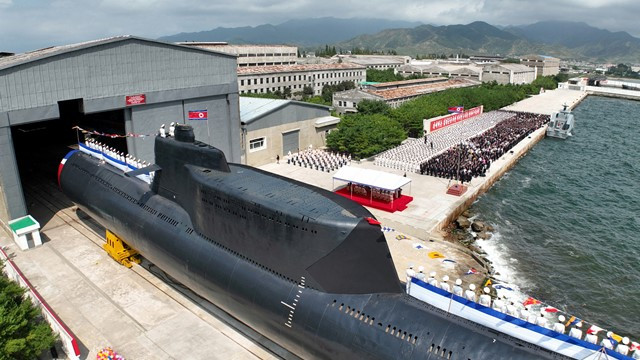
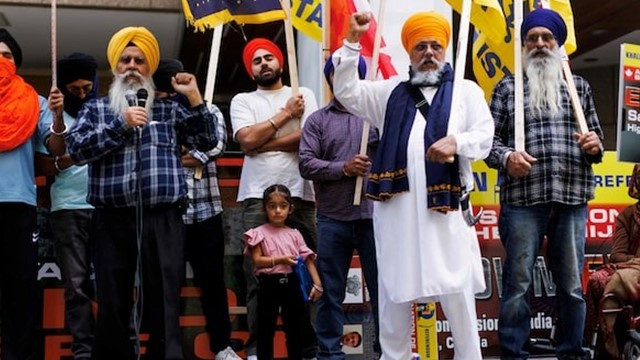
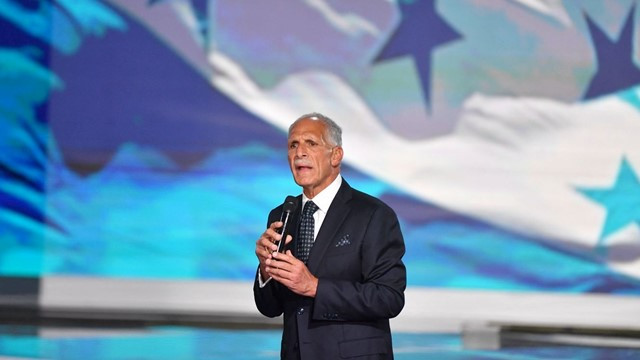
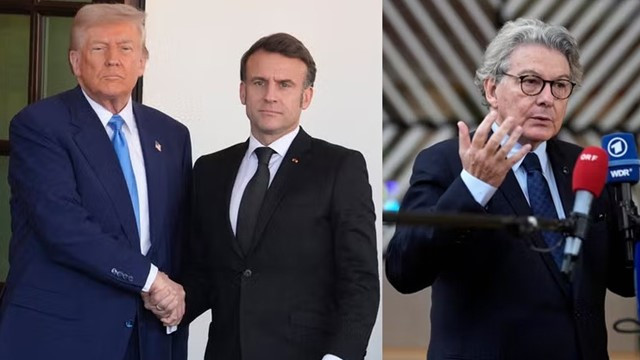


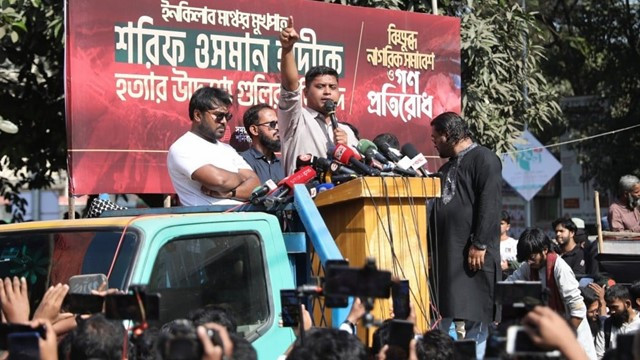

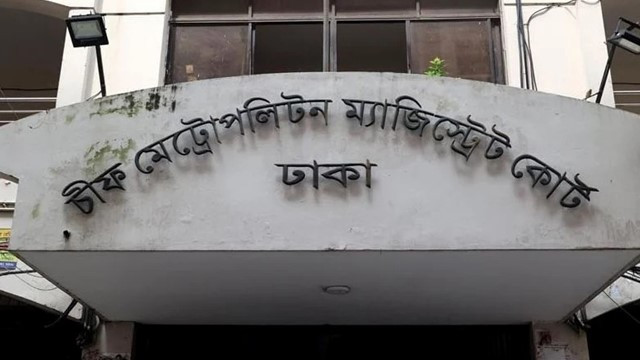
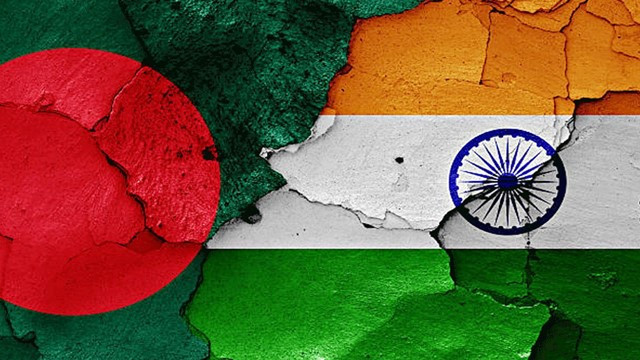

Comments Here: